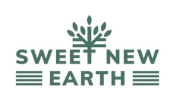8 Best Birch Trees In Maine (To Plant Or Appreciate)
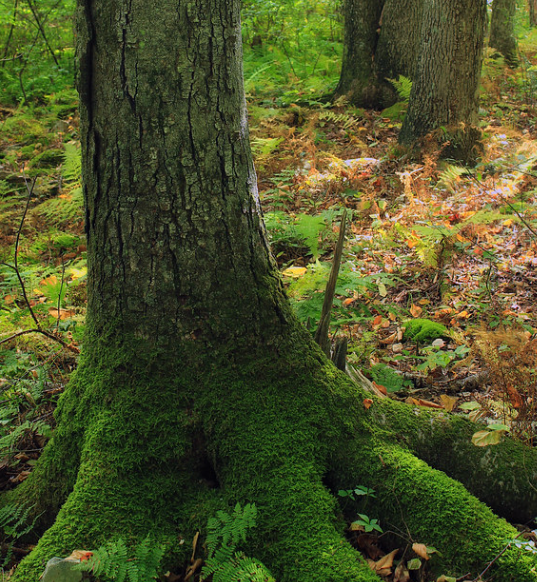
Birch trees are characterized by their light-colored bark and distinctive leaves. Maine is home to some of the most beautiful birch varieties in the world.
Maine's hardiness zones range from 4b to 6a, making it ideal for birch growth. Some species prefer cold climates, while others are more drought-tolerant. Here is a list of the top 8 birch trees in Maine.
Table of Contents
- 8 Best Birch Trees In Maine
- Yellow Birch (Betula alleghaniensis)
- Paper Birch (Betula papyrifera)
- Blueleaf Birch (Betula caerulea)
- Sweet Birch (Betula lenta)
- Gray Birch (Betula populifolia)
- Mountain Paper Birch (Betula cordifolia)
- Bog Birch (Betula pumila)
-
Dwarf Birch
(Betula nana ssp exilis)
- Appreciate The Beautiful Birch Trees In Maine
- FAQs
The Top 8 Best Birch Trees To Plant or Admire in Maine
Birch trees are easily recognizable due to their varicolored bark, which can be white, silver, or black. The trees are used for ornamental, shade, windbreak, and erosion control purposes. Here are some birch trees in Maine you should know about.
Yellow Birch (Betula alleghaniensis)
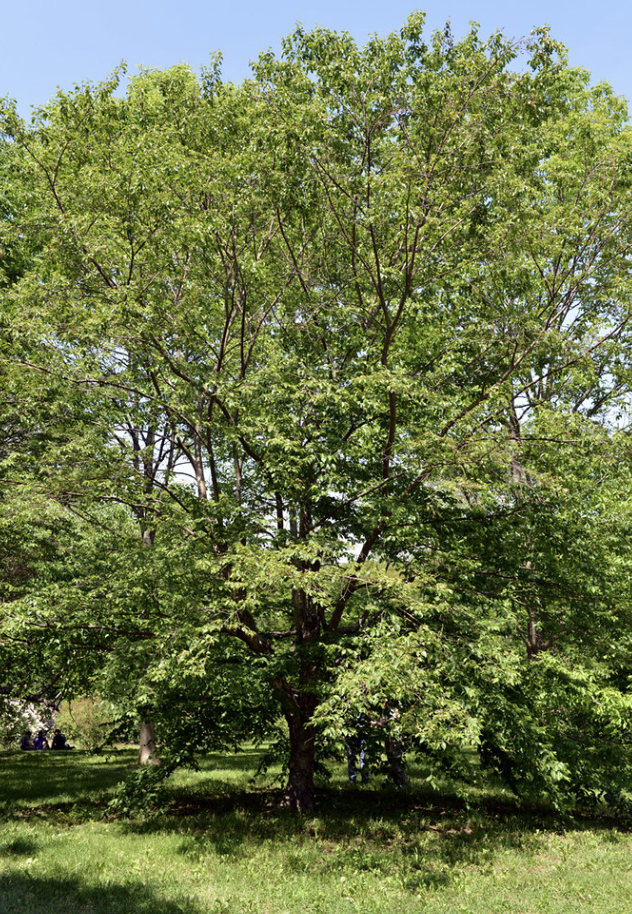
Photo Credit: Plant Image Library
Other Common Names: Golden birch, swamp birch
Growing Zones: 3 - 7
Average Mature Height: 60 to 70 feet
The yellow birch is a deciduous tree native to eastern North America. It is a member of the Betula genus, including other well-known trees, such as the paper birch and the river birch.
The yellow birch can grow to be quite tall, reaching heights of up to 80 feet, and it has a distinctive bark that is a yellow-bronze color and is marked with horizontal lenticels.
They are alternately arranged on the branches and are oval in shape with pointed tips. In the fall, the leaves turn yellow before they are shed. The yellow birch also produces small, winged seeds called nutlets, an important food source for many different types of wildlife.
Paper Birch (Betula papyrifera)
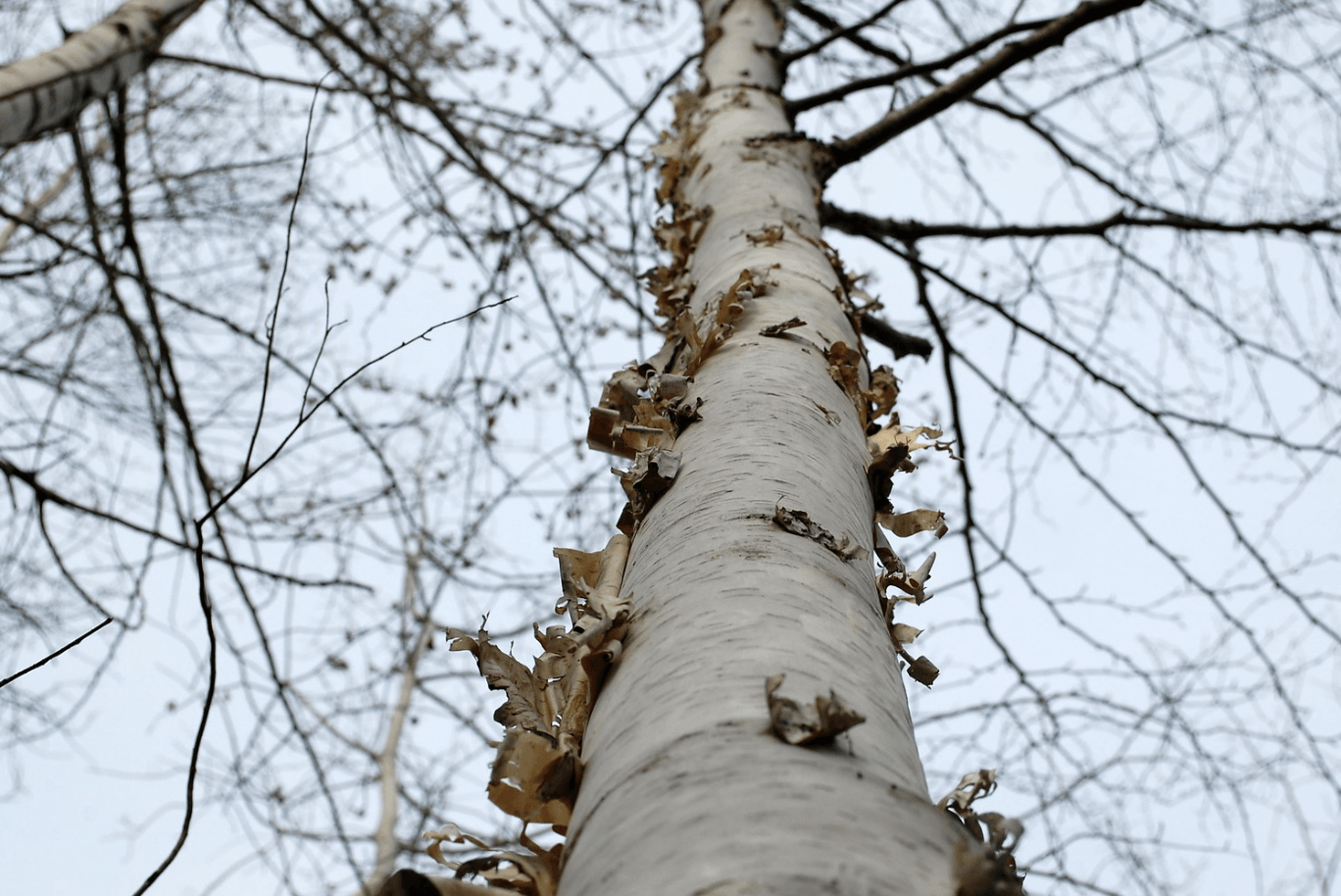
Photo Credit: Gutenfrog
Other Common Names: Canoe birch, silver birch, western paper birch
Growing Zones: 2 - 6
Average Mature Height: 50 - 70 feet
The paper birch tree is known for its beautiful white bark, peeling off in thin layers, and giving it a distinctive appearance. The paper birch leaves are dark green and triangular, with serrated edges.
The paper birch is a medium-sized tree that can grow to a height of up to 70 feet, with a trunk diameter of up to two feet. It prefers moist, well-drained soil and full sun and can be found in wetlands, forests, and river banks.
The bark can be stripped off in thin sheets and used to make canoes, baskets, and even clothing. It is also highly flammable and was often used as fuel for fires.
Blueleaf Birch (Betula caerulea)
Other Common Names: Blue birch
Growing Zones: 5 - 8
Average Mature Height: 60 to 70 feet
The blueleaf birch is a hybrid tree formed by crossing the white birch (Betula papyrifera) and the Chinese red birch (Betula albosinensis). It is a popular ornamental tree with stunningly beautiful bark that resembles blue paper.
The bark peels off in large, thin sheets, revealing a white-gray layer underneath. It is also known for its wide and spreading crown, which casts beautiful dappled shade.
The blueleaf birch prefers moist, nutrient-rich soil and partial shade. It is tolerant of a wide range of soils but needs adequate drainage to prevent root rot. It will also benefit from regular deep root watering during dry periods.
Sweet Birch (Betula lenta)
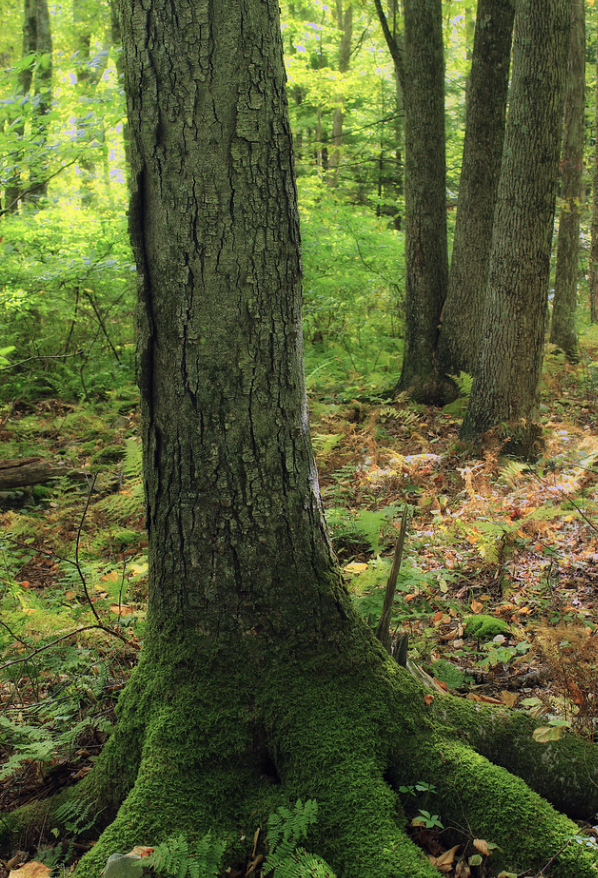
Photo Credit: N. Tonelli
Other Common Names: Red birch, cherry birch, black birch
Growing Zones: 3 - 7
Average Mature Height: 40 to 70 feet
The sweet birch tree is closely related to the common or yellow birch, and like its relative, it has a distinctive bark that is smooth and shiny when young but becomes dark and deeply grooved with age.
The sweet birch tree is typically found in moist, rich soils in cool, temperate climates. It grows to a height of 40-70 feet, with a straight, slender trunk and a narrow, oval-shaped crown.
The sweet birch tree is named for the spicy, wintergreen-like aroma of its bark, which is used to make oil of wintergreen. The bark and leaves of the tree also contain salicylic acid, the active ingredient in aspirin.
Gray Birch (Betula populifolia)
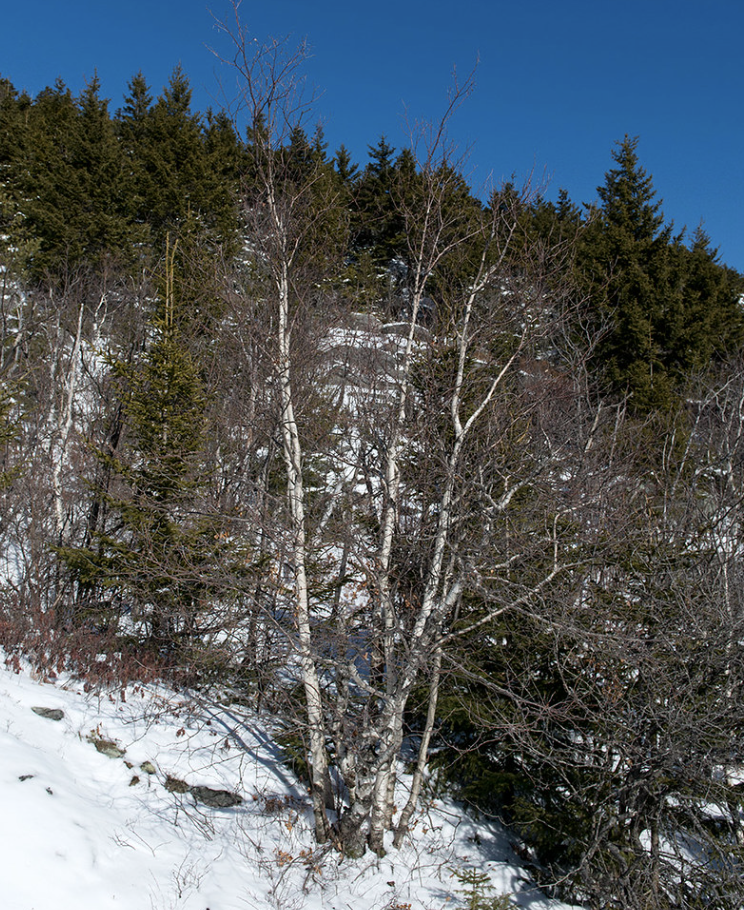
Photo Credit: Plant Image Library
Other Common Names: Poplar-leaved birch, wire birch, old-field birch
Growing Zones: 3 to 8
Average Mature Height: 20 to 30 feet
Gray birch is a small tree, typically reaching a height of 20-30 feet at maturity. It has a narrow, conical crown and branches that droop downward.
Gray birch is a fast-growing tree often used as a pioneer species in areas where other trees have been removed. It is also commonly planted as an ornamental tree in gardens and parks.
The wood of the gray birch is light and strong and is often used for making furniture, paper, and other products. The tree seeds are eaten by birds and small mammals, while the nectar and pollen from the flowers attract bees and other insects.
Mountain Paper Birch (Betula cordifolia)
Other Common Names: Eastern paper birch, mountain-white birch
Growing Zones: 2 - 7
Average Mature Height: Up to 65 feet
Mountain paper birch is adapted to cold climates and often found at high mountain elevations. It is tolerant of many soil types but prefers well-drained, moist soils.
It is a popular landscape choice due to its attractive bark and ability to tolerate cold climates. Native American tribes use mountain paper birch wood to make canoes, baskets, and other objects.
Despite its adaptability and popularity, the mountain paper birch is susceptible to damage from insect pests and diseases, such as the bronze birch borer, which can cause the tree to decline and die.
Bog Birch (Betula pumila)
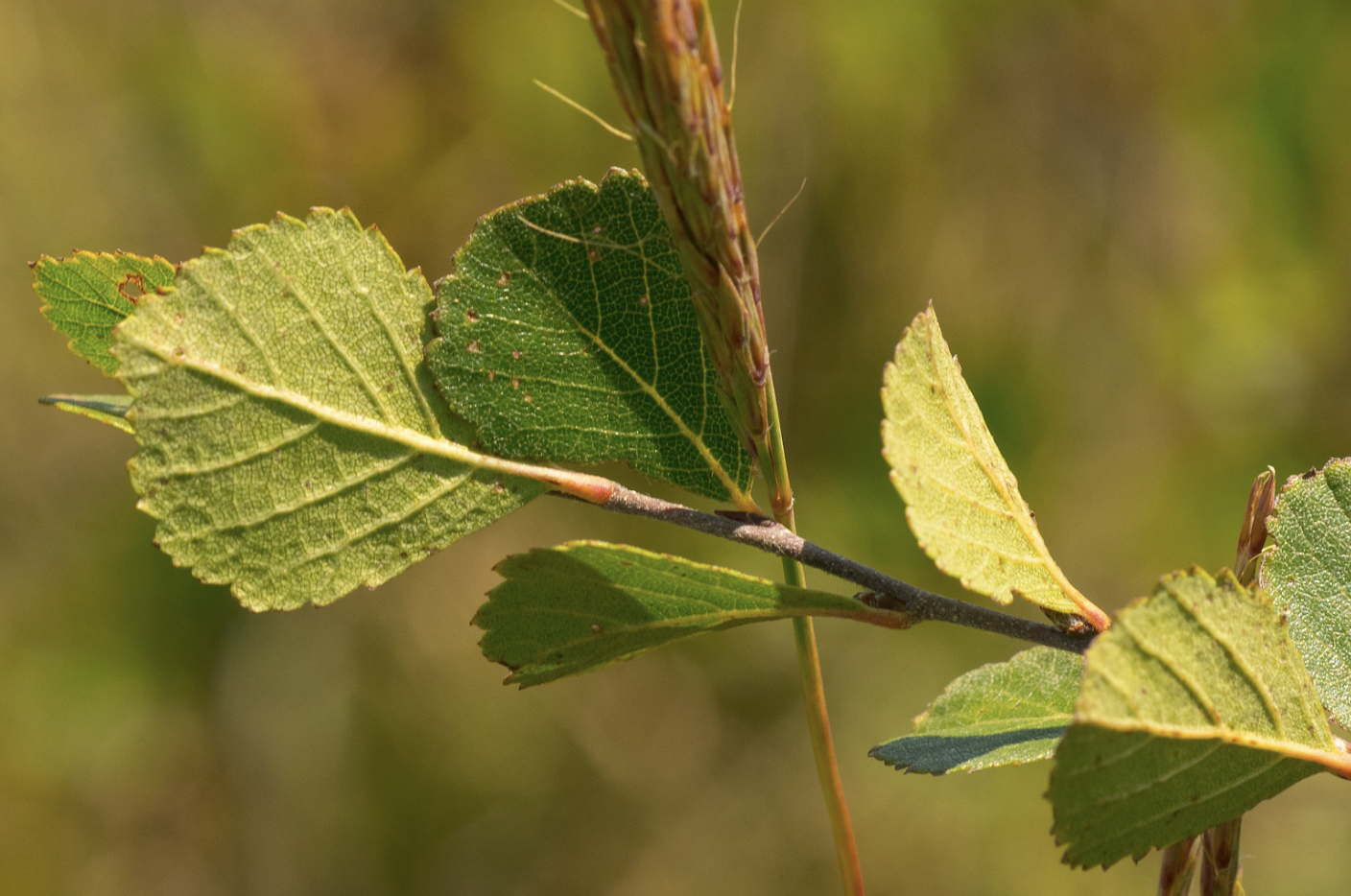
Photo Credit: Joshua Mayer
Other Common Names: Swamp birch
Growing Zones: 2 - 9
Average Mature Height: 6 to 8 feet
Bog birch is one of those birch trees in Maine commonly found in wetland areas, such as bogs and swamps. It is a small tree with a slender, graceful trunk and oval-shaped leaves.
The bark of the bog birch is smooth and light-colored, often with a reddish or yellowish tinge, and its small, yellow flowers appear in early spring. One of the most distinctive features of the bog birch is its ability to grow in waterlogged soils.
Its root system is shallow and fibrous, anchoring itself firmly in the wet soil and drawing water and nutrients from the surrounding environment.
Dwarf Birch (Betula nana)
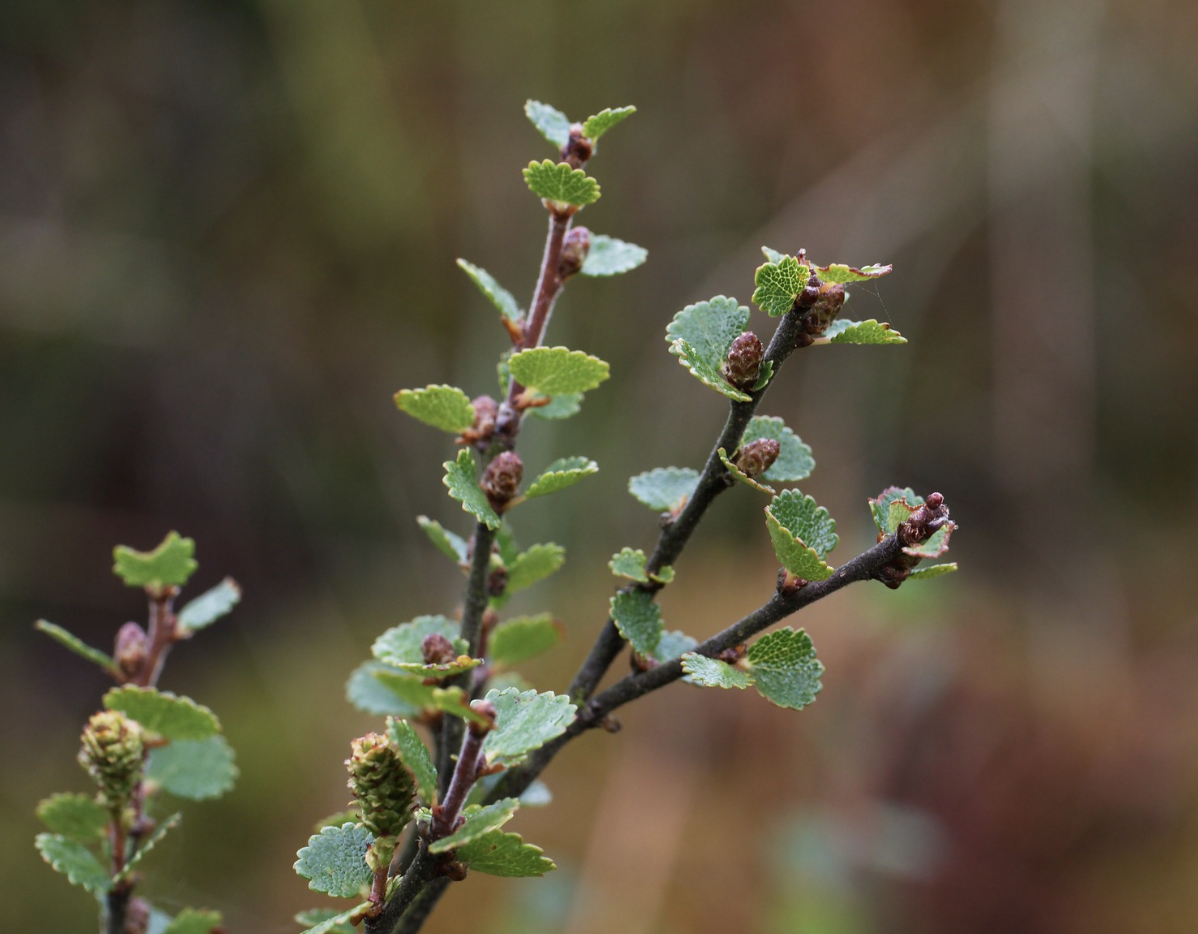
Photo Credit: F. Vassen
Other Common Names: Shrub birch, resin birch
Growing Zones: 2 - 7
Average Mature Height: Up to 9 feet
Dwarf birch is a deciduous shrub that prefers cooler climates and wet, acidic soil. It has a rounded form with simple, toothed, bright green leaves that turn yellow in autumn.
This birch bears small, catkin-type flowers in the early summer, followed by edible red fruits that mature in the fall. The bark is reddish-brown and peels off in thin strips.
The peeling bark gives it a unique, eye-catching appearance often used in decorative landscaping. It also makes an excellent windbreak or natural hedge.
Beautiful Birches For Your Maine Home
Gray, yellow, and white bark birches are a great way to add a natural touch to your home in Maine. Birches have a long history in the Pine Tree State, having been a popular choice for Maine home décor since the 1700s.
Birches can be planted in gardens, on patios, and in yards to create an inviting atmosphere. They are easy to care for and can provide shade in the summer months. Birch trees are easily maintained with a great set of tree loppers.
Maine birches come in a variety of colors, shapes, and sizes. Whether you’re looking for a solitary tree or a group of trees, you can find a species you like.
FAQs

Christina Hernandez
Christina has done most of her research on environmental science but recently has changed her focus towards sustainable forestry. She has a passion for the outdoors and wants to spread that passion to the world.
Join our community!
Join to receive guides, insights, and the latest gardening deals!
